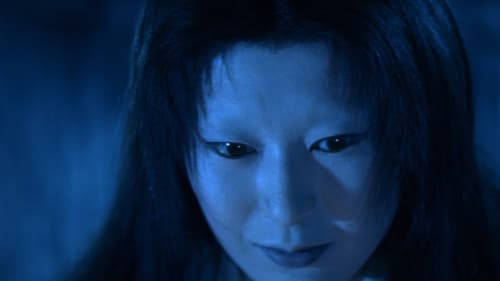
Music
Iwate Prefecture, Ohasamacho. In the foothills of Mt. Hayachine, the kagura (devotional dance) offered to the mountain goddess by the mountain priests is still performed today nearly unchanged from mediaeval times. This dance, which has been handed down along several lines of succession in the villages of Take and Otsugunai, has its origins in prayer. Take's kagura and Otsugunai's kagura are said to be closely related. The film shows the people who lovingly continue to perform these two types of dance and the transition from ancient tradition to modern life. Even from the first moment that director Haneda was charmed by Hayachine's kagura, the mountain villages that were home to the gods had already begun to disappear.

Sound Designer
고이즈미 야쿠모의 괴기담 중에서 4편의 에피소드를 영상으로 옮긴 옴니버스 영화. 출세를 위해 아내를 버리고 떠났던 무사(‘흑발’), 눈보라 속에서 설녀를 만나 목숨을 건진 청년(‘설녀’), 귀신을 피하기 위해 불경을 몸에 써넣는 맹인 악사(‘귀 없는 호이치’), 찻잔 속에서 기묘한 얼굴을 본 무사(‘찻잔 속’)의 이야기가 오싹한 공포와 함께 펼쳐진다. 환상적인 색채와 표현적인 세트를 이용한 뛰어난 미술과 촬영이 돋보이며, 다케미쓰 도루의 실험적인 음악 또한 탁월하다. 에 이어 두 번째로 칸영화제 심사위원특별상을 수상했다.

Music
While extracting and polishing their blocks of stone, stonecutters used to say “the stone is coming to life". This paradox provided Matsumoto with the best metaphor for what making a film is all about. In his opinion, filmmakers work images in the same way that stonecutters work stones.

